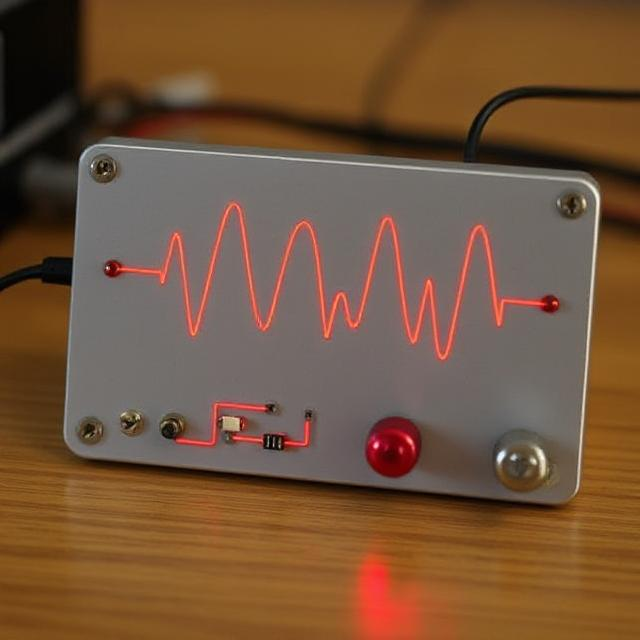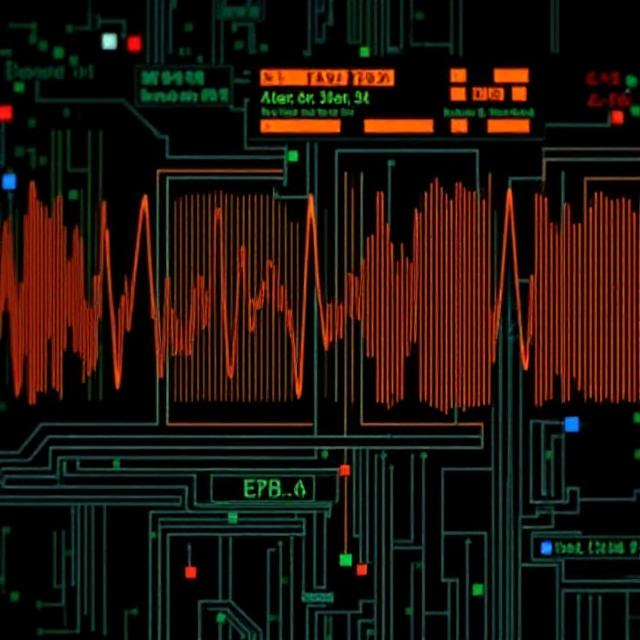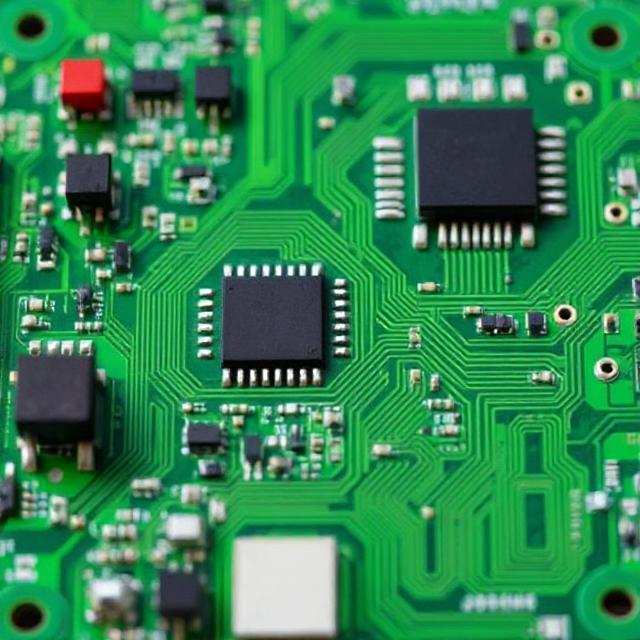Basic circuit components are the fundamental building blocks of electrical circuits, and each plays a vital role in controlling the flow of current, voltage, and energy. Below is a detailed explanation of some of the most common basic circuit components:

1. Resistor
- Function: A resistor limits the flow of electrical current within a circuit. It provides resistance, measured in ohms (Ω). The primary purpose of a resistor is to control the current and protect components from excessive current.
- Symbol: A zigzag line (or a rectangle in some schematics).
- Formula: Ohm’s Law –
, where:
= Voltage across the resistor
= Current flowing through the resistor
= Resistance
- Example Use: If you need to limit the current in an LED, a resistor is placed in series with the LED to prevent it from burning out.
2. Capacitor
- Function: A capacitor stores electrical energy in an electric field and releases it when needed. It can smooth out voltage fluctuations and temporarily store energy for later use. Capacitors are often used in power supplies and filtering applications.
- Symbol: Two parallel lines (one flat and one curved) or a rectangle.
- Unit: Capacitance, measured in farads (F), but in most circuits, you’ll see microfarads (µF) or picofarads (pF).
- Formula:
, where:
= Charge stored
= Capacitance
= Voltage across the capacitor
- Example Use: In a power supply, capacitors filter out ripples and smooth the DC output.
3. Inductor
- Function: An inductor stores energy in a magnetic field when electrical current flows through it. Inductors resist changes in current, and they are often used in filtering, energy storage, and inductive coupling applications.
- Symbol: A series of loops or a coil shape.
- Unit: Inductance, measured in henries (H).
- Formula:
, where:
= Voltage across the inductor
= Inductance
= Rate of change of current
- Example Use: In power supplies and signal processing, inductors can filter out high-frequency noise.
4. Diode
- Function: A diode allows current to flow in only one direction, acting as a one-way valve for electrical current. It has a very high resistance in the reverse direction, allowing minimal current to flow unless forward biased.
- Symbol: A triangle pointing to a line.
- Unit: No unit for resistance since it depends on the material and forward/reverse bias.
- Example Use: Diodes are commonly used in rectifiers to convert AC to DC, in over-voltage protection circuits, or in LED circuits.
5. Light Emitting Diode (LED)
- Function: A type of diode that emits light when current flows through it in the forward direction. It’s widely used in display technology, indicators, and for lighting purposes.
- Symbol: Similar to a regular diode, but with two arrows pointing outwards to represent light emission.
- Example Use: Used in digital displays, indicator lights, and signs.
6. Transistor
- Function: A transistor can amplify electrical signals and act as a switch. There are two primary types:
- Bipolar Junction Transistor (BJT): Used for amplification and switching.
- Field Effect Transistor (FET): Controls the current between two terminals based on the voltage at a third terminal.
- Symbol: Various types depending on the transistor type, but often represented by a three-legged symbol (collector, base, emitter for BJTs, or drain, gate, and source for FETs).
- Example Use: In amplifiers, logic circuits, and switching applications like in microprocessors.
7. Switch
- Function: A switch controls the flow of current in a circuit by either opening (disconnecting) or closing (connecting) the circuit. It allows the user to control whether the circuit is on or off.
- Symbol: A break in the line with a lever or a button symbol indicating open or closed states.
- Example Use: Used in devices to turn them on or off, like in light switches or power buttons.
8. Battery
- Function: A battery is a source of electrical energy that provides the voltage to drive current through the circuit. It stores chemical energy and converts it into electrical energy when required.
- Symbol: Two parallel lines (longer line for positive and shorter line for negative).
- Unit: Voltage (V) and capacity in ampere-hours (Ah).
- Example Use: Powering devices like flashlights, remote controls, or portable electronics.
9. Ground
- Function: Ground provides a common reference point for all the voltages in the circuit. It’s essentially a point that is considered to be at 0 volts, and it can be used to complete the electrical circuit.
- Symbol: A downward triangle with three horizontal lines.
- Example Use: Every circuit has a ground to complete the electrical flow and provide a safe path for current to return.
10. Fuse
- Function: A fuse is a safety device that protects electrical circuits from overcurrent. If the current flowing through the circuit exceeds a certain threshold, the fuse will melt and break the circuit, preventing further damage.
- Symbol: A rectangle with a line through it (or sometimes just a circle).
- Example Use: Used in power supply systems, electronics, or appliances to prevent damage from a short circuit or overload.
11. Wire
- Function: Wires are used to connect various circuit components, allowing the flow of current between them. They are typically made of copper or aluminum for their excellent conductivity.
- Symbol: A line connecting components in the schematic diagram.
- Example Use: Wires are the pathways that link components like resistors, transistors, and power sources in any electrical circuit.
These components can be connected in various configurations to perform different tasks. Together, they help form circuits that power devices, process signals, or manage energy efficiently.











